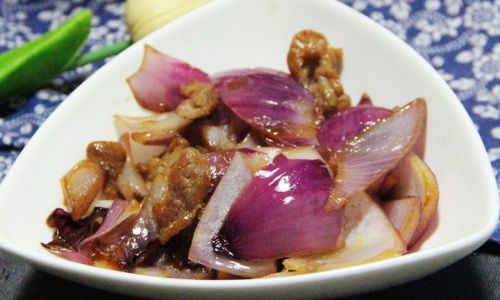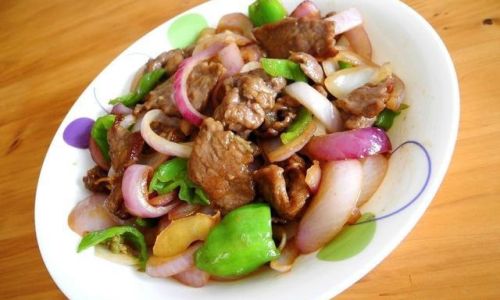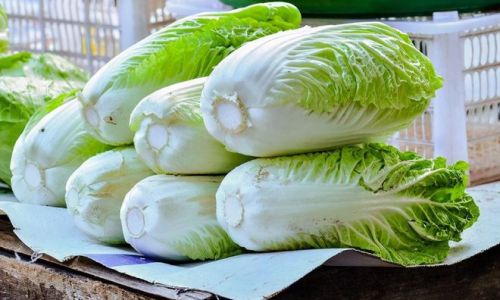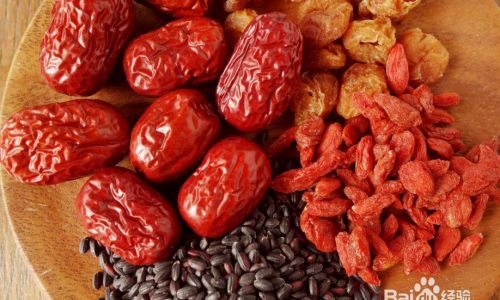Introduction
Cooking is an art form that combines creativity, precision, and a deep understanding of ingredients. Among the myriad of dishes that one can prepare, onion stir-fried pork stands out as a simple yet flavorful meal that can satisfy both the home cook and the seasoned chef. This dish is a staple in many cuisines worldwide, with variations that cater to different tastes and preferences. However, achieving that perfect balance of flavors, textures, and aromas can be challenging. In this comprehensive guide, we will delve into the intricacies of how to make onion stir-fried pork that is not only delicious but also memorable. From selecting the right ingredients to mastering cooking techniques, we will cover every aspect necessary to elevate this humble dish to gourmet heights.
Chapter 1: Ingredient Selection
The foundation of any good dish lies in its ingredients. When it comes to onion stir-fried pork, the quality of each component directly impacts the final outcome. Here’s a breakdown of what to look for:
1 Pork Selection

- Cuts to Choose: For stir-frying, it’s essential to use a tender, lean cut of pork that can cook quickly without drying out. Popular choices include pork shoulder (for a bit of fat and flavor), pork tenderloin (lean and tender), or pork belly slices (for added richness).
- Freshness: Always opt for fresh, high-quality pork. Look for meat that is firm to the touch, has a bright color, and lacks any slimy or off textures.
- Marinating: Marinating the pork can add depth of flavor and tenderize the meat. A simple marinade of soy sauce, rice vinegar, garlic, ginger, and a touch of sugar can work wonders.
2 Onions
- Types: Yellow onions are the most versatile and commonly used for stir-fries due to their strong flavor and sweetness. However, red onions can add a nice color contrast and a slightly milder taste.
- Freshness: Choose onions that are firm, have a dry outer skin, and are free of soft spots or mold.
- Preparation: Slice the onions thinly to ensure they cook evenly and quickly.
3 Aromatics and Seasonings
- Garlic and Ginger: These are staples in most stir-fry recipes. Fresh, minced garlic and ginger add a pungent, aromatic flavor that complements the pork and onions.
- Soy Sauce and Oyster Sauce: Soy sauce provides saltiness and umami, while oyster sauce adds a rich, savory depth. Use high-quality versions to enhance flavor.
- Sesame Oil and Cooking Oil: Sesame oil adds a nutty aroma and flavor, while a neutral cooking oil like vegetable or canola oil is ideal for stir-frying.
- Sugar or Honey: A small amount of sugar or honey can help balance out the savory flavors and add a hint of sweetness.
Chapter 2: Preparation Techniques
Proper preparation is key to achieving a successful stir-fry. This includes slicing techniques, marinating, and ensuring all ingredients are ready to go before you start cooking.
1 Slicing Techniques
- Pork: Slice the pork against the grain into thin strips or pieces. This helps to tenderize the meat and ensures it cooks evenly.
- Onions: Slice the onions thinly into half-moons or rings, depending on your preference. Thinner slices will cook faster and blend more seamlessly with the pork.
2 Marinating
- Combine your marinade ingredients in a bowl and add the pork slices. Ensure the meat is fully coated, then let it sit for at least 30 minutes, preferably refrigerated, to allow the flavors to penetrate.
3 Mise en Place
- Before you start cooking, have all your ingredients prepared and within easy reach. This includes sliced onions, minced garlic and ginger, marinated pork, seasonings, and cooking oils. This technique, known as mise en place, ensures a smooth cooking process and prevents any last-minute慌乱.
Chapter 3: Cooking Techniques
The cooking process for onion stir-fried pork is relatively straightforward but requires attention to detail and quick action.
1 Heating the Pan
- Use a wok or a large, heavy-bottomed skillet. Preheat it over high heat until it’s very hot. This ensures that the pork will sear and brown nicely, locking in juices and flavors.
2 Stir-Frying the Aromatics
- Add a small amount of cooking oil to the hot pan. Once the oil is shimmering, add the minced garlic and ginger. Stir-fry for about 10-15 seconds until fragrant but not burnt.
3 Cooking the Pork
- Remove the pork from the marinade, letting any excess drip off (reserve the marinade for later). Add the pork slices to the pan in a single layer, avoiding overcrowding. Stir-fry for about 2-3 minutes, until the pork is browned on all sides and cooked through. If using thicker cuts, you may need to cook a bit longer.
4 Adding the Onions
- Push the pork to the side of the pan and add a bit more oil if needed. Add the sliced onions to the empty space and stir-fry for about 2-3 minutes until they start to soften and turn translucent.
5 Combining Ingredients and Seasoning
- Mix the pork and onions together in the pan. Pour in any reserved marinade and add soy sauce, oyster sauce, and a touch of sugar or honey. Stir-fry for another 1-2 minutes until everything is well combined and the sauce has thickened slightly.
6 Finishing Touches

- Drizzle a small amount of sesame oil over the stir-fry and stir to combine. This adds a lovely aroma and flavor. Taste and adjust seasoning with additional soy sauce, salt, or sugar as needed.
Chapter 4: Serving and Enjoying
Once your onion stir-fried pork is perfectly cooked, it’s time to serve and enjoy.
1 Serving Suggestions
- Serve the stir-fry over a bed of steaming white rice for a classic combination. The rice will absorb the delicious sauce and complement the flavors of the pork and onions.
- Pair it with steamed vegetables like broccoli, bell peppers, or snap peas for a balanced meal.
- For a heartier option, serve it with noodles or fried rice.
2 Presentation
- Plate the dish attractively by spooning the stir-fry over rice and garnishing with chopped green onions, sesame seeds, or a sprinkle of fresh herbs like cilantro.
3 Enjoying Your Creation
- Take a moment to appreciate the colors, aromas, and textures of your dish before diving in. Savor each bite, noting the harmonious blend of flavors and the tender, juicy pork.
Chapter 5: Troubleshooting and Tips
Even the best cooks encounter challenges. Here are some common issues and solutions to help you perfect your onion stir-fried pork.
1 Overcooked Pork
- Ensure the pan is very hot before adding the pork. Stir-fry in small batches to avoid overcrowding, which can lower the pan’s temperature and lead to steaming instead of searing.
2 Soggy Onions
- Slice the onions thinly and stir-fry them separately until they start to soften before combining with the pork. This prevents them from becoming overly mushy.
3 Sauce is Too Thin or Too Thick
- Adjust the sauce’s consistency by adding a splash of water if it’s too thick or letting it cook down a bit longer if it’s too thin. Remember, the sauce will continue to thicken slightly as it cools.
4 Balancing Flavors
- Taste your sauce before adding it to the stir-fry. It should be slightly saltier and more flavorful than you’d like the final dish to be, as the rice and vegetables will absorb some of the seasoning.
Conclusion
Making delicious onion stir-fried pork is a rewarding culinary endeavor that combines skill, precision, and a love for good food. By selecting high-quality ingredients, preparing them correctly, and mastering the stir-frying technique, you can create a dish that is not only satisfying but also a testament to your culinary prowess. Remember, cooking is an art that evolves with practice and experimentation. Don’t be afraid to tweak recipes and add your own personal touches to make the dish uniquely yours. Happy cooking!






0 comments